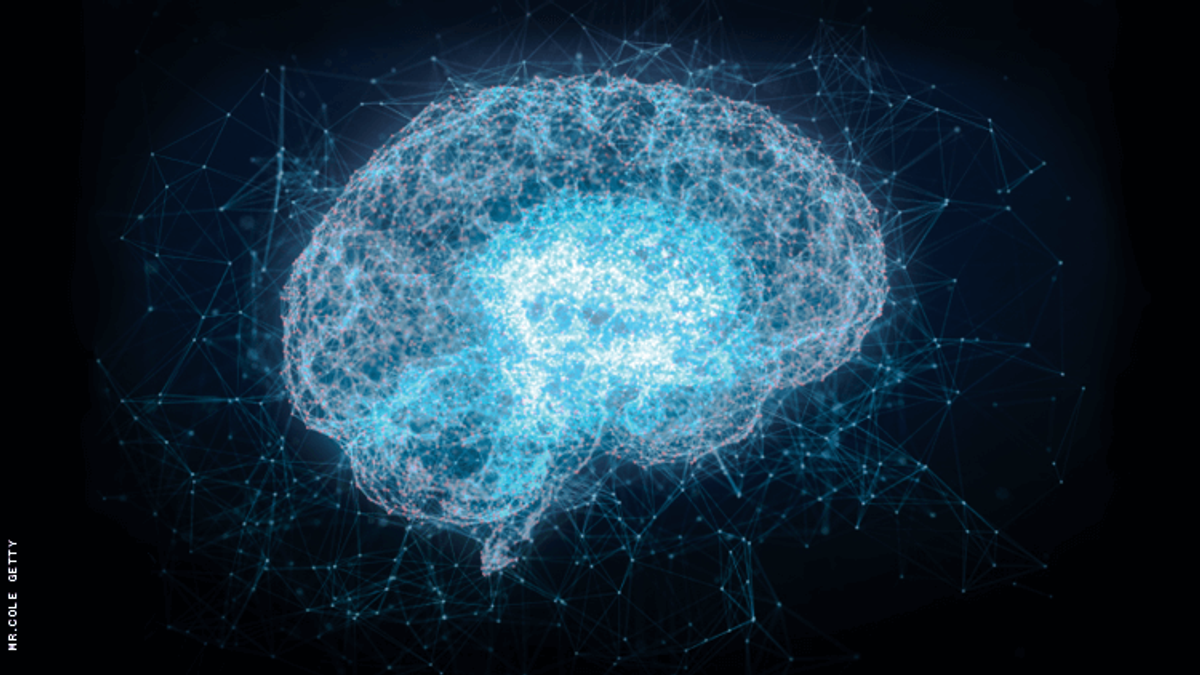A recently published study in the journal Glia has discovered the mechanism behind the loss of white matter in those living with HIV. The reduction, while known for some time, has never fully been explained until now, the researchers of the study said.
The brain has both gray matter and white matter. Gray matter is made up of cell bodies of neurons, however, white matter comes from a fatty substance called myelin. That substance coats the neurons, which protects the neurons and helps them send signals efficiently, according to Penn Today. A reduction in white matter means a loss of motor and cognitive ability.
While previous studies have shown antiretroviral medicines can reduce white matter, researchers never knew how HIV itself contributed to its reduction.
“Even when people with HIV have their disease well-controlled by antiretrovirals, they still have the virus present in their bodies, so this study came out of our interest in understanding how HIV infection itself affects white matter,” said study co-author and professor at the University of Pennsylvania, Kelly Jordan-Sciutto. “By understanding those mechanisms, we can take the next step to protect people with HIV infection from these impacts.”
Researchers found that HIV prevents oligodendrocytes — which are the cells that make myelin — from maturing. This results in decreased white matter production, according to The Pharmacy Times.
“When people think about the brain, they think of neurons, but they often don't think about white matter, as important as it is,” said Judith Grinspan, another of the study’s co-authors. “But it's clear that myelination is playing key roles in various stages of life: in infancy, in adolescence, and likely during learning in adulthood too. The more we find out about this biology, the more we can do to prevent white matter loss and the harms that can cause.”
The researchers believe that HIV’s impact on the brain may be indirectly caused due to human macrophages, which is one of the cell groups that HIV affects. After researchers put a compound blocking HIV’s intrusion, those cells were able to mature again.
Taking their findings further, the researchers plan to create a rat model of HIV transmission.
“HIV is a human disease, so it’s a hard one to model,” says Grinspan. “We want to find out if this model recapitulates human disease more accurately than others we’ve used in the past.”
While tracking white matter in the animal model and comparing it to patients with HIV, the researchers hope to learn the various factors that cause white matter loss.
Researchers are hoping to be able to understand the differences antiretroviral drugs and HIV have on white matter since both seem to affect it. Jordan-Sciutto said that it’s vital to understand antiretroviral medication’s effect on people. “Antiretrovirals may prevent the establishment of a viral reservoir in the central nervous system, which would be wonderful, but we also know that the drugs can cause harm, particularly to white matter.
“And then of course we can’t forget the 37 million HIV-infected individuals who live outside the United States and may not have access to antiretrovirals like the patients here,” she said. “We want to know how we can help them too.”



































































